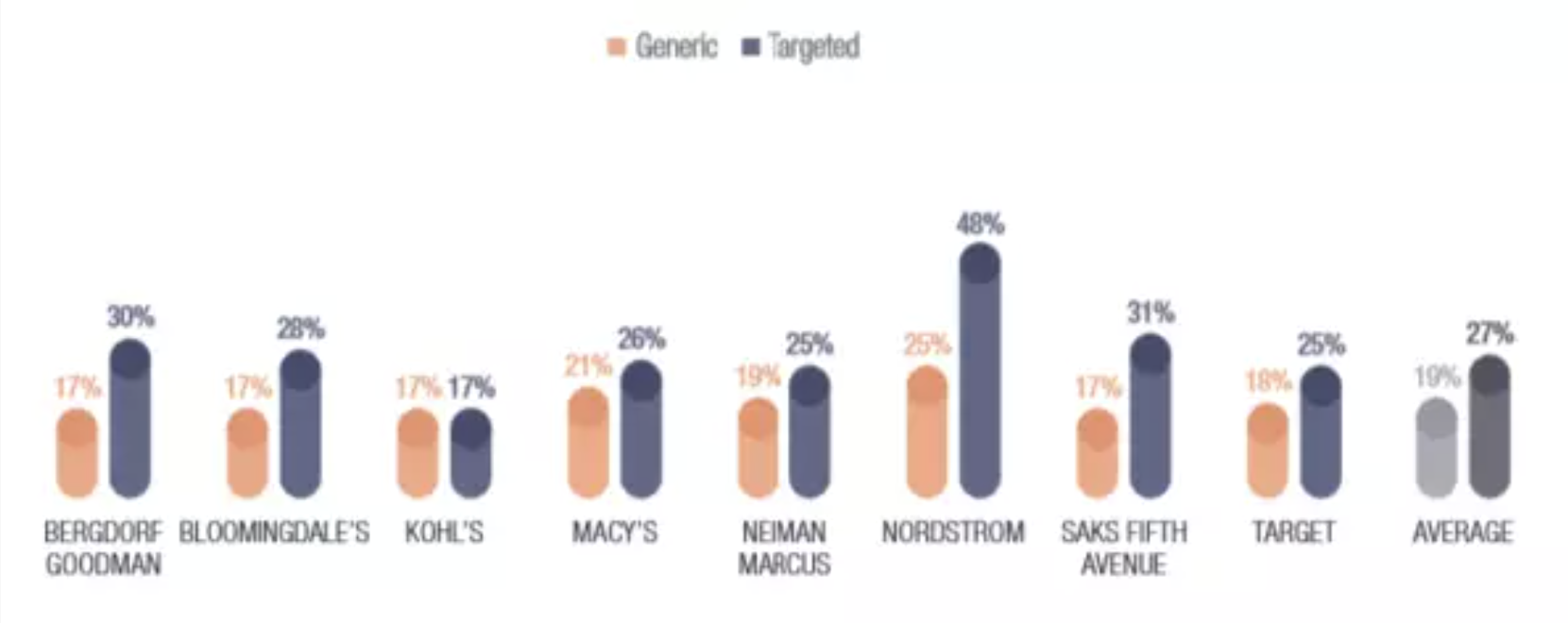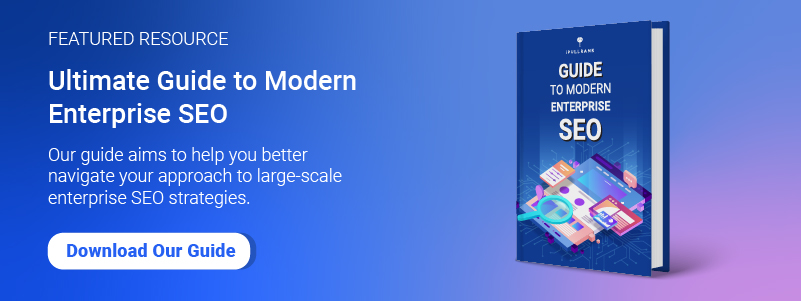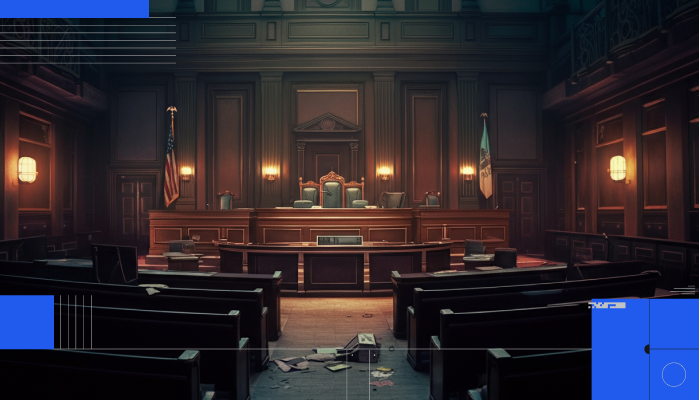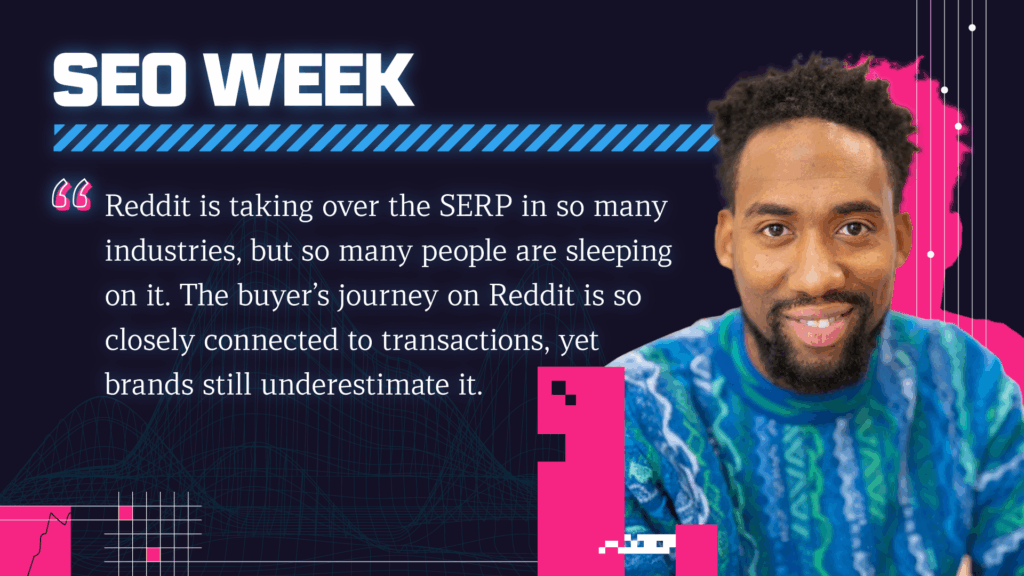As many digital marketers and sales individuals will tell you, there is no exact science behind writing the perfect outreach email. That being said, I am sure that anyone reading this has experienced both great and action-oriented outreach emails as well as emails that make you want to throw up on your computer.
When you are getting hundreds of these outreach emails in a week, it becomes easy to ignore all of them. In fact, 53% of users unsubscribe from mailing lists due to too many or unrelated product or service offerings. So, as a marketer or salesperson, how do you differentiate your outreach from the rest?
The goal of this post is to dissect the dos and don’ts of writing outreach emails so that you can better connect with prospective customers and convert more business.
Getting Started
To write a great outreach email, it first makes sense to take a step back. Who are you writing this email for and what will they need to see in order for the message to drive value?
Don’t blast out an email to every contact in your CRM. In my experience, people are most concerned with information that will help THEM. By making blanket statements, you run the risk of your messaging totally missing the mark for a given recipient.
People want to feel special. If a contact isn’t convinced you are reaching out to them specifically to help with a problem, they will think you perceive them as nothing more than a dollar sign. In fact, research done by Gartner L2 suggests that your generic emails are totally missing the mark (Send Pulse).
The report below shows that targeted emails are opened 42% more often than generic emails. So, how do you target your outreach while not sacrificing volume? Well, it makes sense to bucket your contacts based on similarities so that you can make those emails seem more targeted.

In order to create more personalized outreach emails that will actually get read, you will want to first understand the different types of customers that will find the information provided to be useful.
The process of identifying key customer personas within your customer database is known as mailing list segmentation. Generally, mailing list segmentation involves identifying specific attributes your customers share so that you can target them with the right messaging at the right time.
If you are a B2B marketer, consider segmenting based on things like
- industry or industry updates
- Job title
- fiscal close,
- A combination of two or more customer attributes
If you are a B2C marketer, consider segmenting by:
- demographics
- past purchase history.
By bucketing these types of customers together, you can more effectively target the messaging of your email to fit their needs.
If you would like to learn more about building and segmenting email lists, check out our Content Strategy Manager, Jordan Leschinsky’s post on building quality email lists.
The language behind segmentation:
When segmenting your mailing list, it is important to understand that different segments will react best to different wording. For example, if you are a B2B service provider reaching out to managers all the way up to C-suite, keep in mind that managers will be most focused on hitting their personal targets whereas C-suite individuals will be more concerned with things such as revenue and ROI.
In instances like this, it may be best to segment by job title and connect the language to what is most important to someone in that specific role. This will go a long way towards personalizing your emails.
Once you have successfully segmented your mailing list, you can now start to craft your email templates. When crafting these templates, there are five points of consideration:
1. Make them personal
People want to feel as if you sent them and only them that email. As we already discussed, segmenting is key to developing personalized emails. That being said, there is more to personalization than segmenting.
Firstly, you need to address the recipient by name. Nothing says “I am writing this specifically for you” more than including their name. That being said, today’s technology makes it easy for anyone to send out an email including the recipient’s first name. So, to differentiate your emails, this is only a starting point.
Some of the techniques I use as a B2B marketer include referencing company or industry updates that may have impacted business for the recipient. On the B2C end, it could make sense to personalize based on products the person has previously bought and why they will love a new product.
Personalization comes down to properly segmenting and assigning relevant information based on what each segment values. To further personalize, leave a space in your template for a personal note so that you can add a relevant note that will catch the reader’s attention.
Example:
{{contact’s first name}},
Most of the time, people will reach out with some pretty basic findings or research about your company and why you need their help. SEO is the one space where I have been able to share information about a business that was net-new. Let’s be honest, you don’t know what you don’t know.
We work with e-commerce brands in highly competitive spaces just like you do at {{company name}}. Our goal is to uncover lost revenue by focusing on your site visibility and content strategy. Oh, and by the way, our own content fairs pretty well in Google’s eyes: E-E-A-T and Core Updates.
We might not be able to help you, but if this is interesting, it would be on me to prove that there is value to having a meeting. How does Wednesday next week work for you?
Appreciate your time and look forward to hearing from you.
Best,
Dellon
2. Use emotion to your advantage
Especially in the B2C space, it is crucial to elicit an emotional response from the content in your emails. You need to think about the wants and interests of your target customers and how your offering is going to help them in achieving whatever it is that they want.
Tessa Wegert brought up a great point in that “B2C content marketing is often focused on the topics consumers care about. That’s why Red Bull has become the biggest extreme sports media company in the world. It’s also the reason American Express has become a small business publishing powerhouse.” If you can connect the contents of your email to the interests and wants of your readers, you will elicit an emotional response (hopefully a sale)
3. Focus on your tone
I find the tone to be so important because every marketing email I get tends to be downright stuffy. If someone is going to reach out to me for a sales request, product, or promotion there is a good chance I will automatically say no (who has time for that).
Now think about the few times you have received a friendly, personal, or funny outreach email. Those are the emails that usually stick with me and elicit a response. People want a break from the normal, and the tone you use to communicate in your outreach may change their outlook on your company, products, and services. Take Drizly’s latest email fopa as an example. Even a bad or incorrectly sent email can turn into a great marketing opportunity with the help of some great humor!
4. Timing is Everything
An email sent a day too early or too late could be the difference between a yes and an unsubscribe. When I say timing, I mean not only the day and time in which you send the emails but also the point at which it makes sense to send specific emails.
When discussing the day and time you reach out to a prospect, there is some helpful data to support when is the best time to reach out to a client. The graphs below show that click volume is highest on Tuesdays and Wednesdays. Furthermore, open and click volume seems to be the highest for emails sent at 10 AM and 3-4 PM.


5. Include a call to action (CTA)
If you are going to send an outreach email, there needs to be a call to action. By this, I mean that whether it be to check out a piece of content, take advantage of a sale, or set up a meeting, there needs to be a prompt telling the reader what exactly it is they should do next.
Example of CTA:

6. Putting it all together
In general, writing outreach emails can be hard and disheartening, especially when emails aren’t getting the responses you had hoped for. What you may think is a flawless email may not be perceived the same way by your readers. That is why there is so much trial and error that goes into making the “perfect” outreach email.
That being said, by following these key points I laid out for you, you will be able to at least get the ball rolling with your email outreach. And, if you try and don’t succeed, feel free to reach out to me and we can discuss how iPullRank can help!








